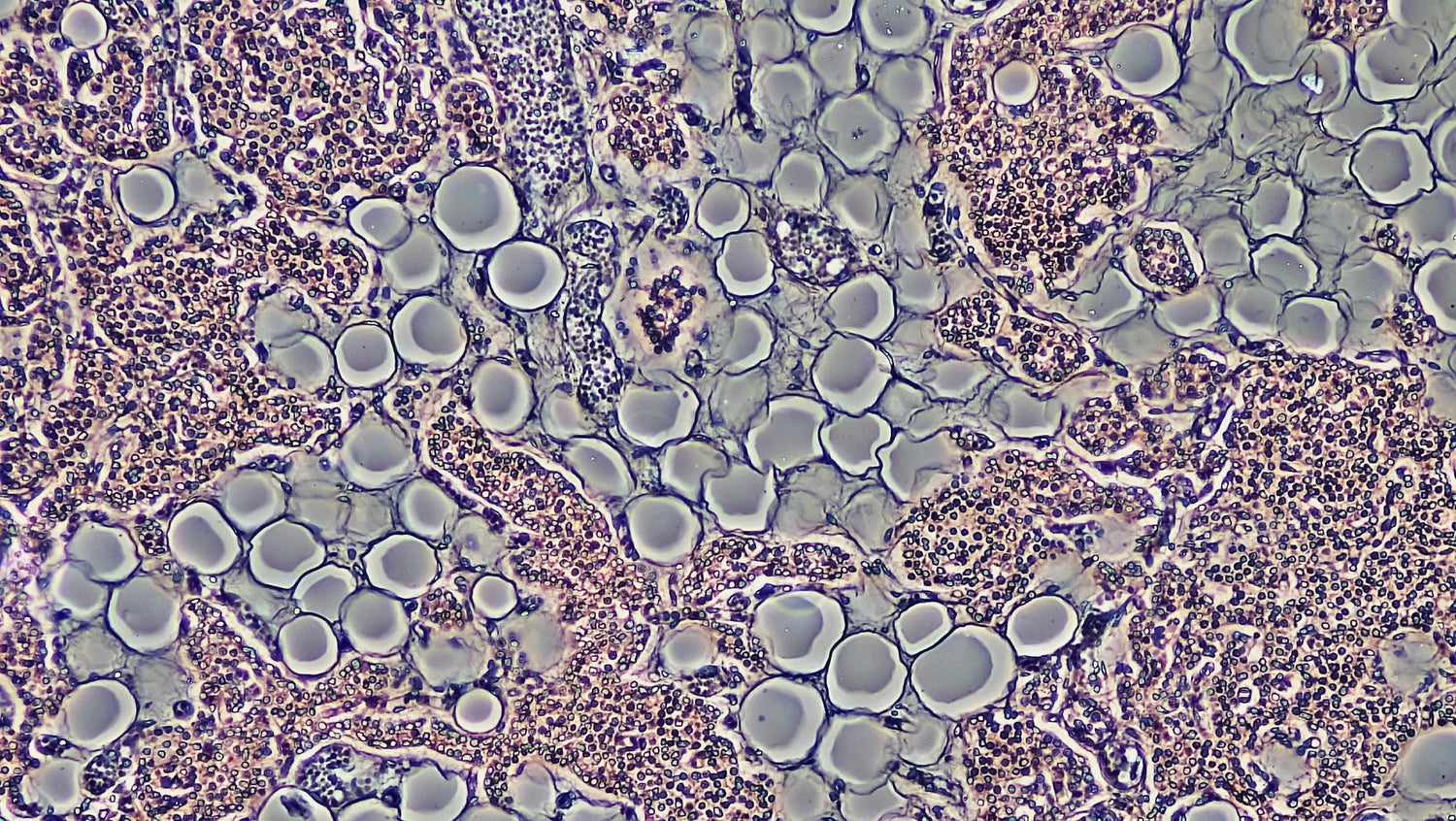By the second and third day of a Longevity Fast, you are crossing an important threshold. Glycogen stores are now largely depleted and your body begins to rely more heavily on ketogenesis, the process of turning fat into ketones for energy.
These ketones are not just a convenient back-up fuel. They act as signalling molecules that switch on antioxidant pathways, reduce oxidative stress and support brain function. Ketones also help to protect cells during stress and ageing by improving mitochondrial efficiency, which is one reason participants often notice a change in mental clarity.
Emotionally and physically, this stage can feel mixed. Some people experience tiredness, irritability or a foggy head as they withdraw from old patterns such as frequent snacking, caffeine reliance or emotional eating. Others notice an opposite effect — sharper focus, a calmer mood and a surprising lift in energy. Both are normal and reflect the body’s individual pace of adjustment.
Behind the scenes, fat breakdown has increased. With insulin kept low and glucagon elevated, lipolysis accelerates and the body begins to draw more deeply on fat reserves, including visceral fat that surrounds internal organs and is closely linked with metabolic disease. At the same time, autophagy — the process of cellular recycling — becomes more active.
Nutrient-sensing pathways detect the lack of food, and in response, cells begin breaking down damaged proteins, old mitochondria and dysfunctional immune cells. This helps to clear so-called “zombie cells” or senescent cells that drive inflammation and accelerate ageing. Clearing these out makes space for healthier regeneration.
Stem cell signalling is also beginning to activate, particularly in the gut, immune system and muscles. While full regeneration takes longer, the foundations are being laid during this stage. The brain benefits too: ketones such as beta-hydroxybutyrate increase levels of brain-derived neurotrophic factor, a molecule that supports learning, memory and mood regulation. This is why many fasters report not just clarity but also an unexpected emotional lift by day three.
Day two and three can therefore feel like a turning point. Beneath the surface, deep cellular repair is underway. Outwardly, you may still be weathering a low, or you may feel sharper and more energised than you expected. Either way, the process is moving in the right direction.
Curious to see what happens as you enter the repair and renewal phase? Read about Days 4 and 5 in my next blog post.





